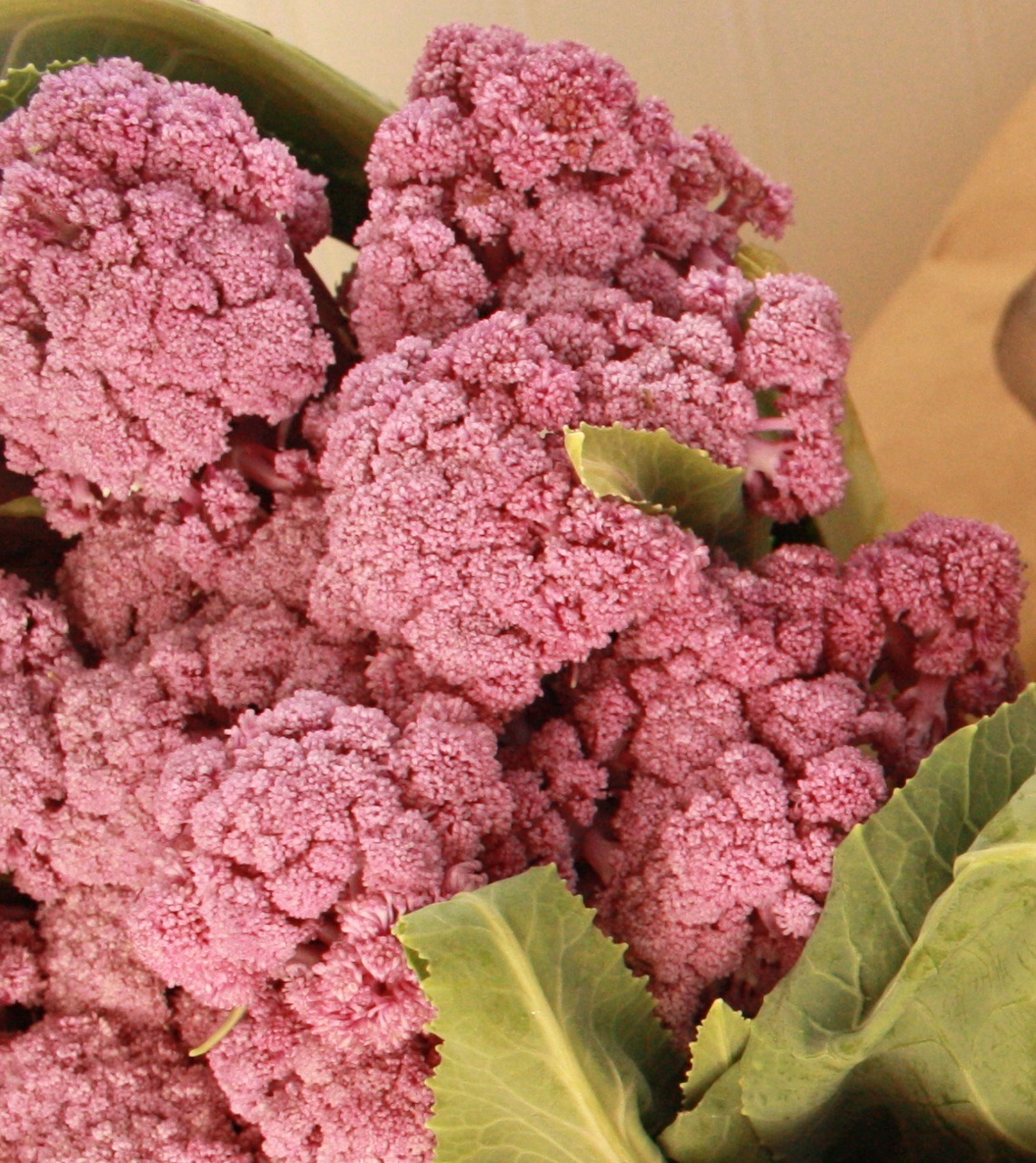Food Therapy: Inflammation
Some say that inflammation is the cause of all disease. I definitely think it’s a big problem in our culture of fried foods, multi-lattes, strenuous work hours, daily alcohol intake, mental and physical stress, and sugar overload. Arthritis/Rheumatism/Joint pain, Gastritis/Crohn’s/Colitis, Celiac disease, Diabetes, Skin problems, Cancer, and even Infertility can commonly be linked to chronic inflammation. How can we use food to prevent and relieve this type of condition? Onward!
Chlorophyll / Green Tea / Herb Tea Blends: Liquid chlorophyll is the easiest way to get a mega-watt cool down. Just pour 1-2 Tbsp into your water and drink as usual. This phyto-nutrient is unique in that it purifies AND renews simultaneously. It’s very similar to hemoglobin and good for anemic conditions, but also has amazing anti-inflammatory properties for all gut and skin inflammations, and also arthritic conditions. Green tea has powerful anti-oxidants that will quell inflammation and block harmful molecules that lead to arthritis and join pain. I personally like a blend of several herbs and green tea to soothe inflammation, I call it my “Out-Flammation Tea”: Nettle leaf, Rosehips, Echinacea, and Green tea leaves.
Turmeric / Ginger / Cayenne: Turmeric (or active ingredient Curcumin) can be used in cooking to prevent and soothe inflammation. I like turmeric mostly for joint pain/arthritis/RA conditions and swelling in injuries, but can also be used for digestive inflammation and PMS! Using ½-1 tsp/day in cooking or dissolved in water will start the healing process. In the same family, Ginger can soothe inflammation of the gut in small amounts. Studies reveal that Cayenne, like Turmeric, can help joint pain, poor circulation, and skin conditions, but certain folks have an allergy to this pepper - a member of the nightshade family. In Chinese medicine we attribute a “hot” nature to Cayenne, but so extreme that it actually has a cooling effect after it is used. Almost like a fever causing you to sweat to cool the body down! Still, I’d only use it in small amounts to avoid adding too much heat into an inflamed body, and consult with a health practitioner to make sure it’s a good fit for you.
Red Onion / Rose / Cherry: In homeopathy, like treats like. Consider this angle when thinking of inflammation - it’s a red, “hot” type condition, right? Red treats red. Rose, Rosehips, Red onion, & sour Cherry can all benefit the inflamed body. What’s not to like about adding a few Rosehips to your tea?! They are beautiful and soothing for mind and body.
Fish Oil: Essential fatty acids from good quality fish oil, anchovies, sardines, and salmon are essential for improving inflammatory diseases, especially any type of arthritis or skin condition. Flax seed, pumpkin seed, or hemp seed oil can be a suitable fit to add in rich, quality sources of alpha-linolenic (omega 3) acids. Seven-ten ounces of fish per week is an ideal amount to begin balancing out your EFAs. And NO poor-quality, plastic jug, rancid vegetable oils in the home pantry! Buy the small, glass bottled, cold-pressed oils for cooking all your foods to guarantee the health benefits.
These are just a few ideas to get you going on the anti-inflammatory train. Most of these remedies need to be used consistently over a period of 2-3 months before they begin to yield big results. Do you what you can on your own, and ask a nutritionist (that’s me!) for a fully comprehensive food plan for your individual health concerns.






















